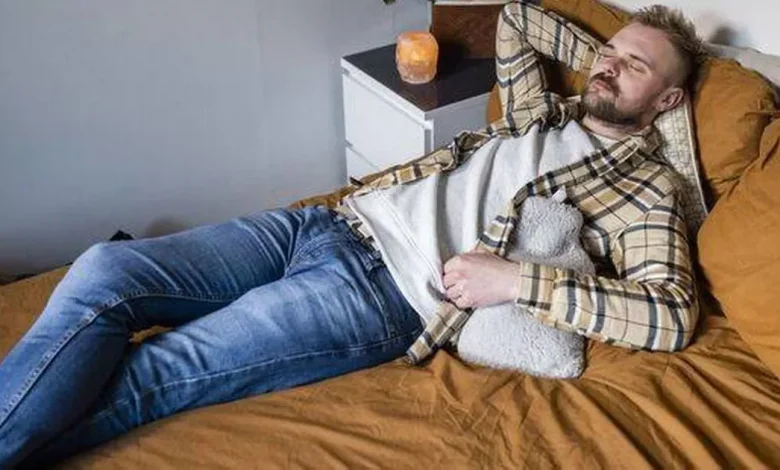Martin Lewis’ Money Saving Expert weighs in on heating yourself vs your home this winter

Heating yourself rather than your home may be cheaper, but MSE warns it’s not suitable for everyone including those with asthma or who are elderly
08:00, 26 Nov 2025
A hot water bottle is a cheap way to heat the human not the home(Image: Getty)
Martin Lewis’ Money Saving Experts have finally put to rest the debate on whether it’s more cost-effective to heat the person or the home.
It appears that focusing on warming oneself, rather than the entire house, is the key to saving money during the chilly months, although there are significant exceptions to consider. As the autumn budget approaches and households seek ways to cut costs, it’s crucial to remember that switching off your heating may not be a viable option for everyone. This is particularly important for those with asthma, mental health struggles, landlord requirements to keep the property heated, or for the elderly.
Money Saving Expert (MSE) also highlighted that some common methods of staying warm, such as hot water bottles and electric blankets, can pose safety risks if misused, reports the Express. MSE discovered that USB-chargeable heating devices like heated gloves and socks tend to be the most economical to operate. However, these only warm specific parts of your body, unlike an electric blanket that plugs into the mains and heats your entire body.
The experts have weighed in on this age-old debate(Image: Getty)
MSE estimates that heated gloves and insoles cost about 4p per week, while an electric blanket costs around 92p per week. One thrifty individual shared: “I experienced the delight of an electric blanket for the first time. It saved me a lot on heating costs and there is nothing quite like getting into a toasty warm bed in a chilly room.”
Another straightforward method to keep cosy is through your attire. While natural fibres such as wool and merino are typically the best at retaining heat, they can be pricey, and synthetic materials may offer a more affordable alternative. Consider investing in a quality thermal base layer that you can don underneath a fleece or other warm outerwear. If your regular cotton socks aren’t doing the job, there are specific thermal socks available for outdoor activities like skiing.
Many savvy shoppers swear by Heatgen thermals from M&S, which range from £8 to £25. You can also bag a fleece for just £8.99 at Sports Direct. MSE also offers some less conventional tips for staying toasty. The NHS advises that eating regularly can help maintain your body temperature, and recommends having at least one hot meal a day.
Hot beverages can also assist with this. Another suggestion is to pay attention to your feet. If they’re cold, chances are the rest of you will feel chilly too. One effective way to combat this is by keeping them off your floors, which can become the coldest part of your house. This can be achieved by wearing slippers or simply propping them up on a chair.
In conclusion, it might be more cost-effective to focus on warming yourself rather than your home. However, this will depend entirely on your individual circumstances and the methods you choose to stay warm.





